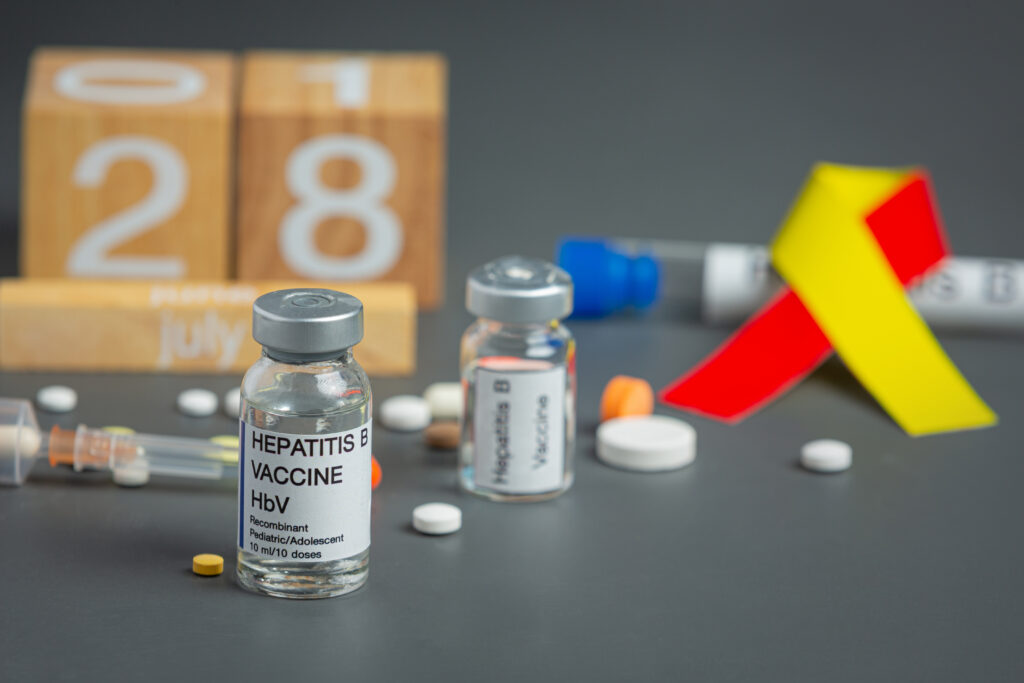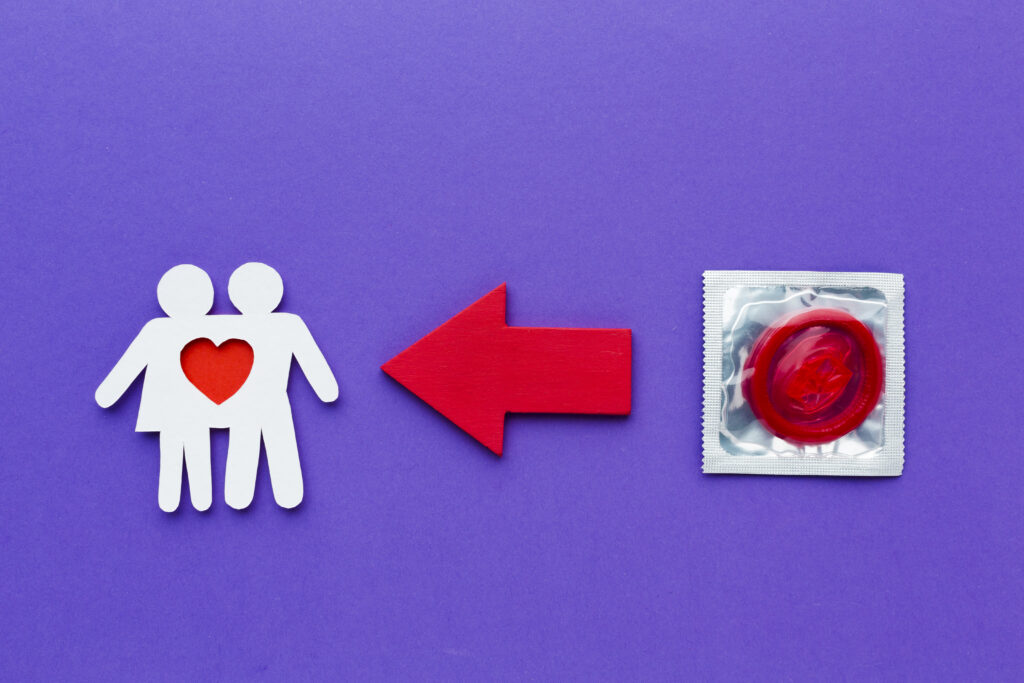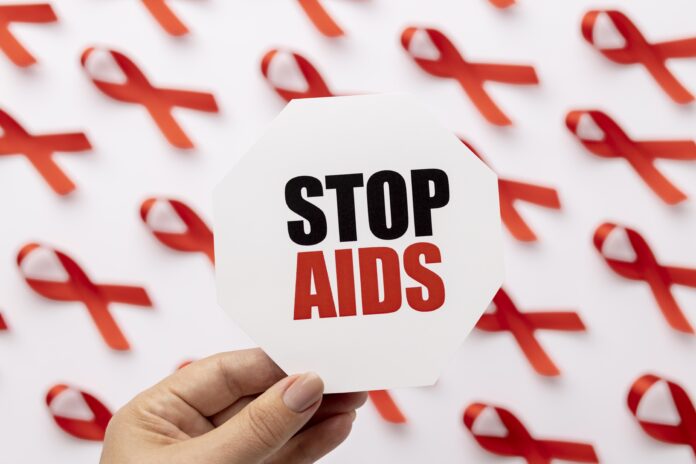HIV causes AIDS in people. Antiretroviral drugs are typically used for the prevention of HIV and AIDS developing in people speedily.
Overview of HIV
HIV damages your immune system by killing its CD 4 cells, which are prominent forms of T cells and immune cells. As time passes, HIV continues to kill more CD 4 cells and the body of the affected person is more likely to get more serious diseases such as cancer. HIV transfuses by the exchange or transmission of body fluids including, breast milk, vaginal fluid, blood, and semen. This virus is not transmitted through casual contact, air, or water.
HIV has a special mechanism that diffuses into the cells. It inserts itself into the DNA of cells and remains in those DNA’s for a lifetime. That’s why no drug can eliminate this virus from the body of an infected person. Scientists are still struggling to devise a formula medication for its treatment.
However antiretroviral therapy is used to manage HIV viral symptoms and provides medical care to the patient for many years.
If left untreated for a long time, HIV causes a serious condition in the affected person, called Acquired Immunodeficiency Syndrome, commonly known as AIDS. Due to an HIV viral attack, the immune system becomes too weak to respond against other diseases.
As estimated in current research, nearly 1.2 million citizens of the country are living with HIV and of them, 1 in 6 is unaware of the presence of HIV in them.
Overview of AIDS
AIDS is developed by HIV, but it doesn’t mean that every person with HIV will develop AIDS. AIDS is the most developed stage of HIV. A healthy person has a strong immune system, normally 500 to 1500 per cubic millimeter of CD 4 cells, that supports the immune system to respond against the disease-causing pathogens. HIV kills these CD 4 cells and when the CD 4 cell count falls below 250 cubic millimeters, AIDS is diagnosed.
The presence of HIV and the development of an opportunistic infection or cancer can also be a cause of AIDS but this is rare. Severely immunocompromised persons such as persons with Pneumocystis Jiroveci pneumonia or persons with advanced HIV, are more likely to develop aids.
A decade is the maximum time for a person with HIV to develop AIDS. Since there is no cure for this disease, therefore life expectancy after diagnosis of aids is 2 to 3 years. But the persons with opportunistic illness may have less time than 1 year. However, antiretroviral therapy drugs can prevent the development of AIDS and may increase life expectancy.
The development of AIDS is a clear sign of a severely compromised immune system. It is an alarming signal that the immune system of an affected person has reached the point where it may no longer respond to other diseases. This weekend immune system makes the affected person vulnerable to several fatal diseases like:
- Tuberculosis.
- Pneumonia.
- Oral thrush including, toxoplasmosis, cancer, lymphoma, CMV, and cryptosporidiosis.
That’s why shortened life expectancy cannot be linked directly with AIDS. It is also caused due to other diseases or complicated conditions that arise due to a weakened immune system.
Symptoms of HIV
The acute infection stage is the earliest stage of AIDS or HIV infection. This is the duration in which HIV multiplies rapidly. At this stage, the affected person’s body produces HIV antibodies as a response. The immune system produces these antibodies in the form of special proteins that enable the body to fight against those foreign particles (HIV).
Since it is an initial stage, the body does not show any symptoms. After one month of virus contraction, some symptoms appear but most of the affected persons don’t take it as HIV, because symptoms at the earlier stages are similar to common cold, flu, and influenza. Sometimes the symptoms are mild to severe and sometimes they last for several weeks.
Early symptoms include:
- Headache
- Skin rashes
- Sore throat
- Fever
- Chills
- Stomach problems
- Nausea
- Swollen lymph nodes
As the symptoms are similar to common viral illnesses like cold or flu, the affected person often doesn’t think to get help from a professional healthcare provider. And if they contact their healthcare providers, they consider it a seasonal illness or flu and might not even think about the probability of HIV.
As time passes, the HIV gets dissolved in a person’s bloodstream and a heavy load of viral invasion starts. This means that HIV now can be transmitted to the next person easily.
Initial symptoms often go easily after a few months and then a person enters into a chronic stage of HIV. This stage is also known as clinical latency and can last for many decades with treatment. The symptoms of HIV vary from person to person. Therefore the diagnosis of HIV in the body is not simple.
Symptoms of AIDS
AIDS is Acquired Immunodeficiency Syndrome that damages a person’s immune system and damages the ability to respond against pathogens of different diseases or infections entering a person’s body. Often this disease is diagnosed too late and remains untreated for years. This makes it an incurable disease.
But if HIV is diagnosed timely and the treatment might be started early with antiretroviral therapy, a person usually succeeds in defeating the virus and AIDS doesn’t develop in that person. Unfortunately affected persons mostly cannot recognize or identify the symptoms of HIV in their bodies or sometimes they would fail to take their antiretroviral therapy constantly. This carelessness damages the immunity more. Another reason for developing AIDS after identification of the virus is that HIV becomes resistant to antiretroviral therapy and doesn’t respond to the drugs used as therapy.
Lack of proper care and consistent therapy, affected persons develop AIDS soon. At that stage, the immune system of a person has been damaged completely and cannot respond against any infection or disease.
Some prominent symptoms of AIDS include:
- Night sweats.
- Swollen lymph glands including glands located in the groin, neck, and armpits.
- Fatigue.
- Recurring fever.
- Chronic diarrhea.
- Memory loss, trouble in concentration.
- Depression or anxiety.
- Sores in the mouth, genital organs, or anus.
Causes of HIV Viral Infection
Research has revealed that HIV is a molded form of Simian Immunodeficiency Virus (SIV) that was found in chimpanzees. When human beings used the meat of chimpanzees for eating, the virus transferred into human bodies and adopted a variegated form of HIV.
This may have happened in the early times of the 20th century when the virus SIV invaded the human population and mutated into HIV. Over the course of several decades, HIV spread person to person through Africa and then migrated to other regions of the world. HIV was first discovered by scientists in a human blood sample, in 1959.
According to a study, HIV has existed in the United States since the 1970s but it started to hit public consciousness in the late 1980s.
Treatment of HIV
After diagnosis, the first step is to start the treatment procedure for HIV, regardless of viral load.  The most effective treatment to stop the development of HIV in the body is antiretroviral therapy. This is a complicated combination of medication that stops the reproduction of viruses but these medicines must be taken daily. The medication supports the immune system and stops the killing of CD 4 cells. This makes the immune system strong enough to respond against diseases and infections. This therapy helps stop viruses transmitted to others and keep HIV from progressing to AIDS. During an effective treatment, the virus remains in the body but it is not visible in tests and the viral load is undetectable. In case of ceasing the antiretroviral therapy, the virus will become active again and viral load may increase again and the virus will start attacking CD 4 cells.
The most effective treatment to stop the development of HIV in the body is antiretroviral therapy. This is a complicated combination of medication that stops the reproduction of viruses but these medicines must be taken daily. The medication supports the immune system and stops the killing of CD 4 cells. This makes the immune system strong enough to respond against diseases and infections. This therapy helps stop viruses transmitted to others and keep HIV from progressing to AIDS. During an effective treatment, the virus remains in the body but it is not visible in tests and the viral load is undetectable. In case of ceasing the antiretroviral therapy, the virus will become active again and viral load may increase again and the virus will start attacking CD 4 cells.
Side Effects of Antiretroviral Therapy
Antiretroviral therapy has many temporary side effects such as headache, dizziness, nausea, and vomiting but these symptoms disappear after some time. Serious side effects of this therapy include kidney damage, liver damage, and swelling in the mouth or tongue. In case of such severe side effects, medications can be adjusted accordingly.
The cost of antiretroviral therapy varies from place to place. Some countries give insurance coverage but others have no policy to lower the cost of medication.
Connection between HIV and AIDS
Developing AIDS in a person is proof of the presence of HIV in them but having HIV doesn’t mean that someone necessarily develops AIDS. HIV progresses in a person’s body through three stages:
- Acute Stage: First two or three weeks after transmission of HIV.
- Clinical latency: A Chronic phase.
- AIDS.
A person with a lower count of CD 4 cells is assumed to be the confirmed victim of HIV and the minimum safe limit of CD 4 cells in a person’s body is 500 cubic millimeters.
With an effective treatment, it can be delayed indefinitely while without proper treatment it can be done in a decade or sooner.
As there is no cure for AIDS, however proper treatment can support the increase in the number of CD 4 counts. So that the person may live a safer life. Effective treatment can also manage opportunistic infections. This may help the immune system to be strong enough to respond against other diseases.
Preventive Measures to Stop HIV Progression
Although scientists and researchers are working as a combined unit to develop a vaccine for the prevention of HIV, all the efforts are in vain, till this time. However, a few preventive measures are devised by them to prevent the transmission of viruses.
Sexual Safety: anal or vaginal sex is the most common and fastest way to transfer HIV from one person to another. Using condoms or other barrier materials can minimize the risk but it is not possible to eliminate the risk. Risk can be minimized by taking some steps for safer sex. To lower the risk of getting HIV through sexual activities you must:
To lower the risk of getting HIV through sexual activities you must:
- Get tested regularly to check HIV presence. Thus you can learn about your health status and that of your partner.
- Get regularly tested for sexually transmitted infections. In case of having a positive result for anyone, start the treatment immediately because the presence of an STI increases the risk of contracting HIV many fold.
- Use condoms during vaginal or anal intercourse. This may minimize the risk of transmission of HIV. Learn the correct way to use condoms and always keep in mind that the pre-seminal fluids contain more HIV.
- Take the medicines regularly, prescribed by your doctor. This may lower the risk of transmitting HIV to your sexual partners.
More Prevention Methods for HIV:
As HIV spreads or transmits through blood or blood fusion, avoid sharing materials that have come in contact with someone’s blood. As an affected person with HIV, you should contact a healthcare provider about getting post-exposure prophylaxis known as PEP.  People living with HIV can follow the following steps to improve their health:
People living with HIV can follow the following steps to improve their health:
- Keep your health as the priority and fuel your body with the best well-balanced diet, exercise regularly, avoid tobacco, get plenty of rest, and report new symptoms to your healthcare provider as soon as possible.
- Focus on your mental health by seeing a therapist who is licensed to treat HIV patients.
- Talk to your sexual partner to get tested for STIs and use safer sex methods.
- Join the group of HIV supporters, either physically or online. This activity will introduce you to the people who have the same issues regarding HIV and you can learn from them.
Conclusion
Testing on experimental medications and vaccines is going on but currently, there is no vaccine for the treatment of HIV or AIDS.
As HIV is a hazardous and complicated virus, it rapidly mutates and changes into other forms or shapes and can defeat your immune system. So preventive measures are the only way to live safely with HIV. Antiretroviral therapy is the best-known way to weaken HIV and stop its spread.
In short, till the formulation of an exact vaccine for its treatment, all of us must follow the hygiene rules to save our lives.







